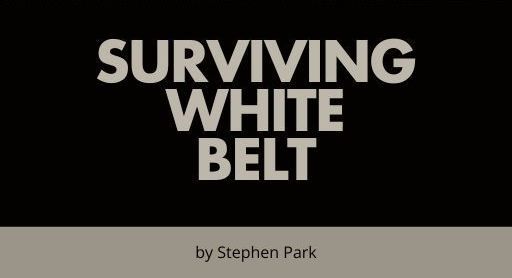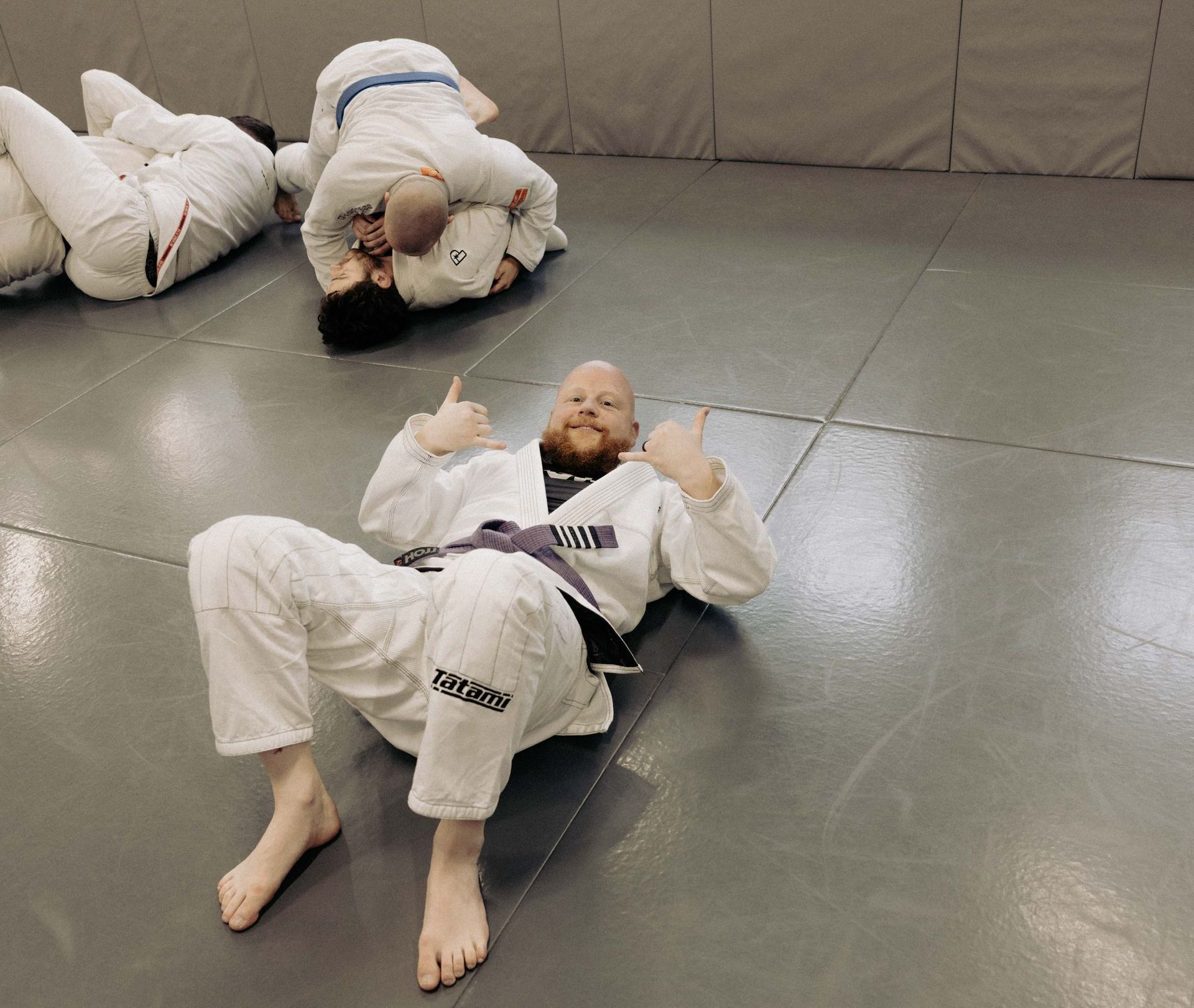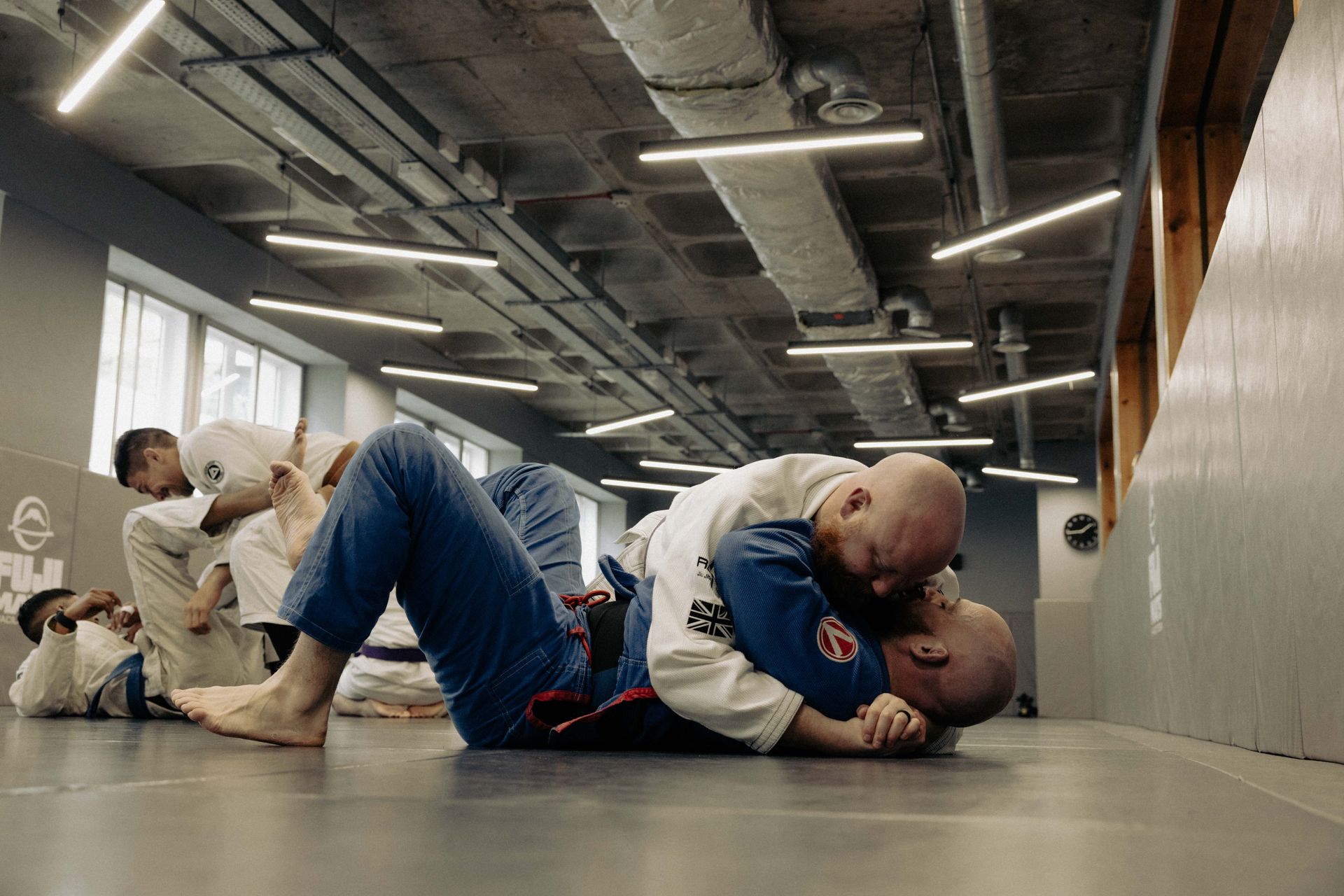The Journey of Creating “Surviving White Belt: A Beginners Guide to Brazilian Jiu-Jitsu”
The Journey of Creating “Surviving White Belt: A Beginners Guide to Brazilian Jiu-Jitsu”

As a BJJ coach and practitioner, I’ve spent a few years on the mats, training, teaching, and watching newcomers walk through the door, eager to start their journey in Brazilian Jiu-Jitsu. There’s a lot of excitement that comes with being a beginner, but it doesn’t take long for challenges to set in—and they’re often the same ones for every white belt. Whether it's struggling with consistency, feeling overwhelmed, or just being unsure of how to approach training, these hurdles are common for almost everyone who starts.
The Inspiration Behind the Book
The idea for 'Surviving White Belt' came from my own experience as well as countless conversations I’ve had with other coaches. We all noticed the same issues popping up again and again with our beginner students. The questions may vary, but the themes are almost universal—questions about handling frustration, wanting to quit, or wondering why certain moves aren’t “clicking.”
In many cases, it wasn’t a lack of physical skill or technical ability that held people back; it was a matter of mindset. Many beginners simply don’t know what to expect, and without guidance, they either burn out or become discouraged. So, rather than another instructional book filled with techniques and step-by-step moves, I wanted to create something different—a guide focused on approaching your time as a beginner in BJJ with the right mindset and expectations.
Research and Conversations with Coaches
To make sure this book addressed the real struggles beginners face, I reached out to other coaches as part of my research. I wanted to ensure that my experiences weren’t isolated and that the lessons I’d learned applied broadly. The response was clear: nearly every coach echoed the same sentiments. They, too, saw the same mindset issues and questions from beginners over and over, and all felt that some basic guidance could save a lot of frustration for new students and coaches alike.
These conversations reinforced the book’s direction and helped me pinpoint the most common issues. This isn’t just my perspective; it’s the collective experience of a community of coaches who have been on the mats for years, seeing students struggle and wanting to help them stick around long enough to see progress.
Focusing on Mindset, Not Moves
BJJ is complex, with endless techniques, and positions to learn. But for beginners, focusing too much on the specifics can be overwhelming. The real journey is about showing up, being consistent, and embracing the long game. This book isn’t a technical manual; it’s a guide to approaching BJJ with patience, resilience, and the right expectations. My goal is to help new students understand that the most important thing they can do in the first six months isn’t learning all the moves—it’s learning how to survive the challenges of those early days without quitting.
The Process of Writing and Reflecting
Writing Surviving White Belt was as much a personal journey as a creative one. Reflecting on my early days and the experiences I’ve had with my students helped me connect to what beginners go through. It was a chance to take all the conversations I’ve had over the years, all the tips and lessons I’ve shared, and put them into one place. It’s my hope that this guide can become a go-to resource for white belts everywhere who need a bit of encouragement to keep showing up, even when it gets tough.
What I Hope Readers Will Take Away
More than anything, I want this book to give beginners confidence. I want them to know that every challenge they face is normal, that they’re not alone, and that progress comes with time and patience. BJJ is a journey unique to each person, and there’s no single “right way” to approach it. If this book can help just a few people push past the first six months and find joy in their training, then the journey of creating it will have been more than worth it.







